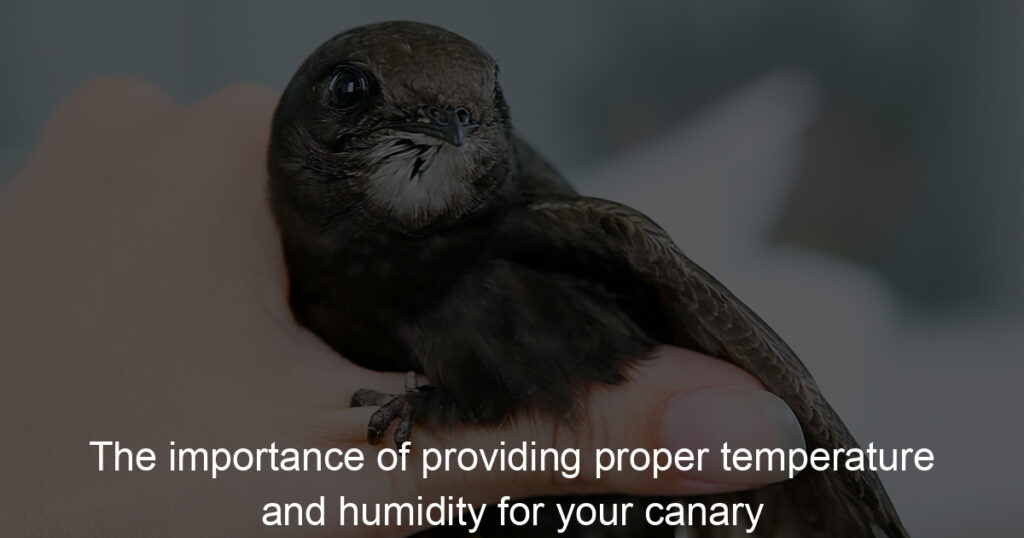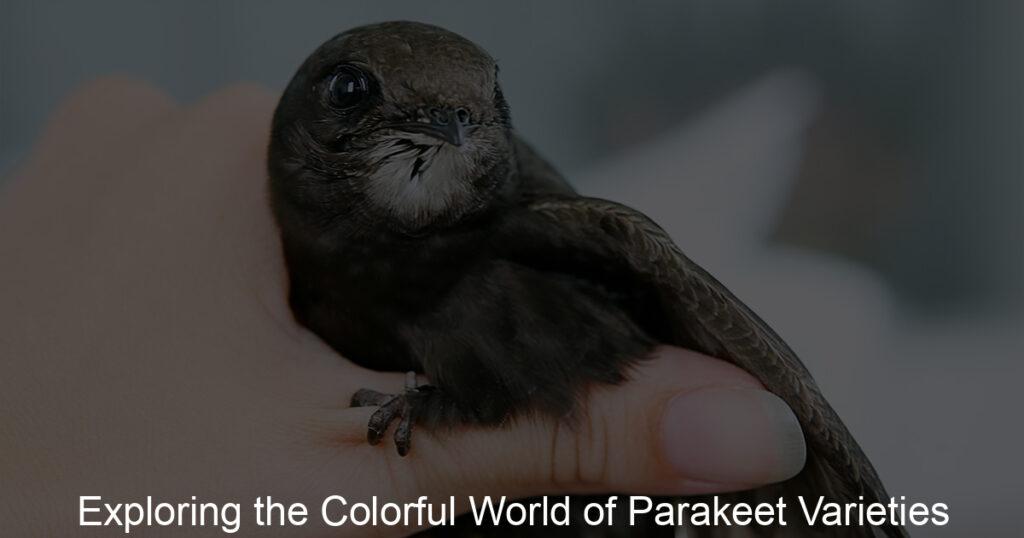Given their delicate nature, providing the proper environment for your canary is essential to ensure its health and happiness. Those factors include temperature and humidity levels that are balanced to suit individual needs.
Unfortunately, many bird owners don’t consider these two important elements when they bring a canary into their home. From knowing how to ensure the right thermal comfort level in your living environment to understanding why it’s so vital, here you will discover all of the essential information needed to ensure a healthy and content pet bird!
Do canaries need humidity?
For canaries to thrive, they need a living environment that meets their specific physical and mental needs. Humidity is an important factor to consider when providing an ideal habitat for the bird’s health.
If a canary’s environment has too little or too much humidity, the bird’s feathers may become damaged, which will make it more susceptible to health problems and infections. In the wild, canaries come from subtropical and warm temperate parts of the world, so their preferred habitat should have a moderate humidity level that is neither too dry nor too wet.
Furthermore, bird fanciers should keep in mind that the ruffled plumage of a stressed or ill canary often indicates inadequate humidity or air circulation. To ensure the overall well-being of any pet canary, owners should strive to provide an environment with appropriate humidity levels alongside plenty of fresh air.
What temperature is good for canaries?
Canaries are a popular breed of birds due to their cheerful song, so their environment must remain comfortable and pleasant. Though canaries are naturally resilient against cold temperatures, the ideal temperature range for these feathered friends is between 64-75 degrees Fahrenheit.
This temperature range was determined based on observations made by bird experts who noted that canaries seem to thrive in slightly cooler environments than other birds.
Additionally, make sure your pet’s cage is not too near any open windows or sources of drafts as this could cause them to become overly chilly. Fortunately, most modern homes maintain a comfortable temperature without much effort.
Proving a healthy and tranquil living environment for canaries not only benefits their overall health and well-being but will also ensure they continue singing sweetly throughout the day!
What is the ideal humidity for canaries?
Canaries require an environment with very specific humidity for their optimum health and singing. The ideal relative humidity for them to thrive should range from 40% to 70%; anything lower or higher than that can cause respiratory problems in our feathered friends.
Although some sources state that ideal humidity should be closer to 60%, it is recommended to measure the humidity levels daily and adjust accordingly.
Humidity meters are relatively inexpensive and easy to find, although some extra care needs to be taken with the readings, as they may vary when you change locations in your home. Low relative humidity can also lead to canary depression, something which all owners want to avoid!
Why is humidity important?
Humidity plays an important role in both our environment and our health. It affects climate by helping to create fog, rain clouds, and even snow. On the other hand, it can also threaten trees and crops during droughts when the air is too dry.
When it comes to our health, humidity helps keep us safe by suppressing dust particles in the air, limiting airborne illnesses as a result. Additionally, humidity helps protect us from outdoor allergens like pollen which can be irritating during the summer months.
For this reason, proper humidity is essential for good ecological balance as well as healthy human populations.
Why are temperature and humidity important?
Temperature and humidity play a large role in our environment. Everything from the amount of precipitation we receive to how well crops grow is impacted by temperature and humidity levels.
Even human comfort can be drastically different depending on our local humidity and ambient temperature. When indoor temperatures are too high or too humid, it encourages microbial growth leading to health complications such as asthma and allergies, while prolonged exposure to dry heat or low relative humidity causes skin dryness and irritation.
In addition, temperature and humidity levels can determine air quality: if outdoor temperatures are very cold, the air may become stagnate with particulars not moving around as much; if it is humid outside, particles can stay suspended in the air for a long time due to water droplets forming upon them.
As such, we must monitor and understand how these two factors affect us to make sure both ourselves and the environment remain healthy.
What is the relationship between humidity and temperature?
The relationship between humidity and temperature is complex, yet essential to understand to analyze our climate. Humidity can be defined as the amount of water vapor in the air which impacts the temperature through its ability to absorb energy.
Generally speaking, relative humidity increases with higher temperatures and decreases as temperatures drop. When warmer air holds more moisture than cooler air, an area experiences higher relative humidity, and vice versa when cooler air holds more moisture than warmer air.
Individuals must understand the effects of high or low levels of both temperature and humidity so we can monitor their changes throughout diverse climates.
Summary
A canary is a beautiful and vibrant bird to own, so it’s important to know what you need to do to ensure your pet has the best environment possible. One of the most important considerations is temperature and humidity.
Be sure not to make the mistake of leaving your canary too hot or cold, or having too much or too little humidity. Take the time to keep your bird comfortable—it will make them healthier and happier. Not only that, but providing a good environment for your pet can save a lot of stress, worry, and money in the long run since it wards off disease and other problems that come with neglecting proper care.
When setting up your bird’s habitat, pay attention to temperature and humidity just as much as you would food, water, safety hazards, enrichment, and access to natural light.
Together with adequate nutrition and husbandry practices like regular wellness exams from an avian vet, these precautions ensure your pet has everything they need for its happiness and well-being.








